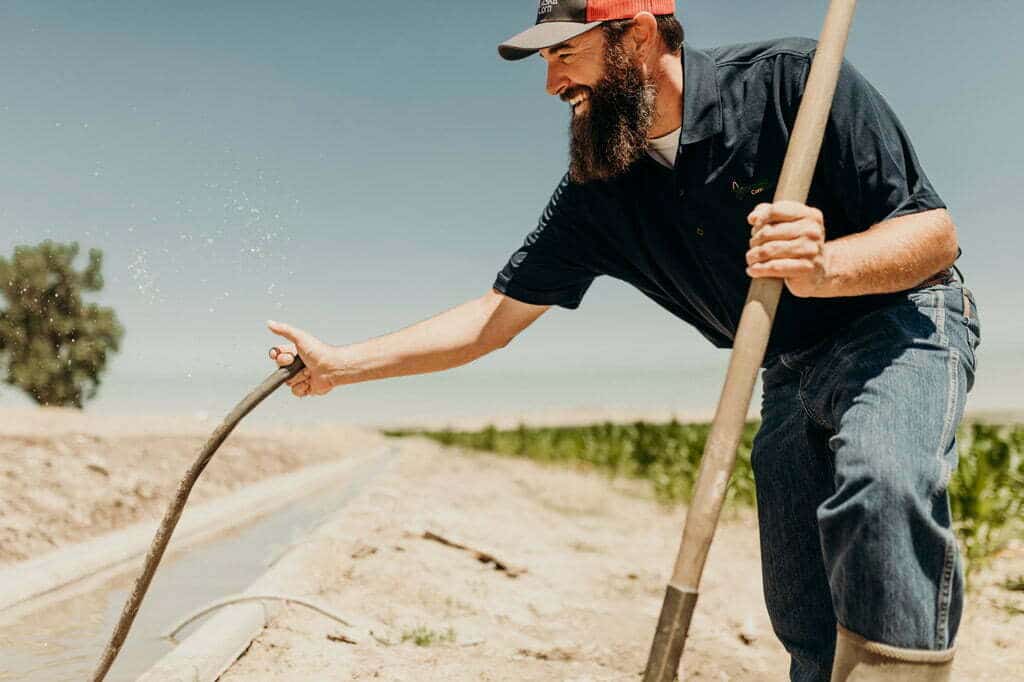Home / Corn 101 / Corn Innovation / Sustainability
Sustaining Innovation for the Future with Nebraska Corn
How will Nebraska corn farmers meet growing demand for food, feed and fuel—while protecting our natural resources?
The way they always have – by sustaining innovation.
Sustainability in Nebraska
Ensuring Corn Products Are Safe and Sustainable

Sustaining innovation – an unwavering commitment to doing a better job in every row, on every acre, on every farm, every season. It’s how family corn farmers in Nebraska and the nation are ensuring the long-term viability of their industry and our natural resources.
Nebraska’s corn farmers – and their fellow corn farmers across the U.S. – continue to make significant advancements that have a direct impact on the sustainability of corn production and the natural, environmental and social systems that are connected to it.
How Nebraska Family Farms Innovate with Corn
You might be surprised to learn that:
- 96% of all corn farms in America are family owned. (USDA)
- America’s corn farmers are by far the most productive in the world, growing 20% more corn per acre than any other nation. (USDA)
- Corn farmers cut erosion 44% in two decades through new tillage methods. (USDA)
- Thanks to new, innovative fertilization methods, today’s American corn farmers are producing 87% more corn per ounce of fertilizer. (USDA)
- The energy used to grow a bushel of corn has fallen 37% over the past 30 years. (USDA)
- Family farms grow 90% of America’s corn crop. (USDA)
- Corn was a bright spot in America’s economy last year – we exported $9 billion worth of corn! (USDA)
- American farmers grow five times more corn than they did in the 1930s – on 20% less land! (USDA)
- Farmers are using GPS-based and other smart farming technologies to reduce overlaps in the field and to precisely place fertilizer and pesticides exactly where they need to be – and in exactly the right amounts.
- Monitoring soil moisture levels and measuring the amount of water corn plants lose each day is helping Nebraska corn farmers significantly reduce irrigation and water demand.
- While irrigation is used more widely in Nebraska, less than 14% of the total U.S. corn crop is supplemented with water via irrigation. The rest relies solely on rainfall. (USDA)
- Only 1% of the corn grown in the U.S. is sweet corn for humans. The rest is field corn used for livestock feed and ethanol.
There is no question: Corn farmers can do what America and the world asks of them: Grow more corn for feed, food, fiber and fuel – and do it in a way that protects the environment and provides health and economic benefits.


